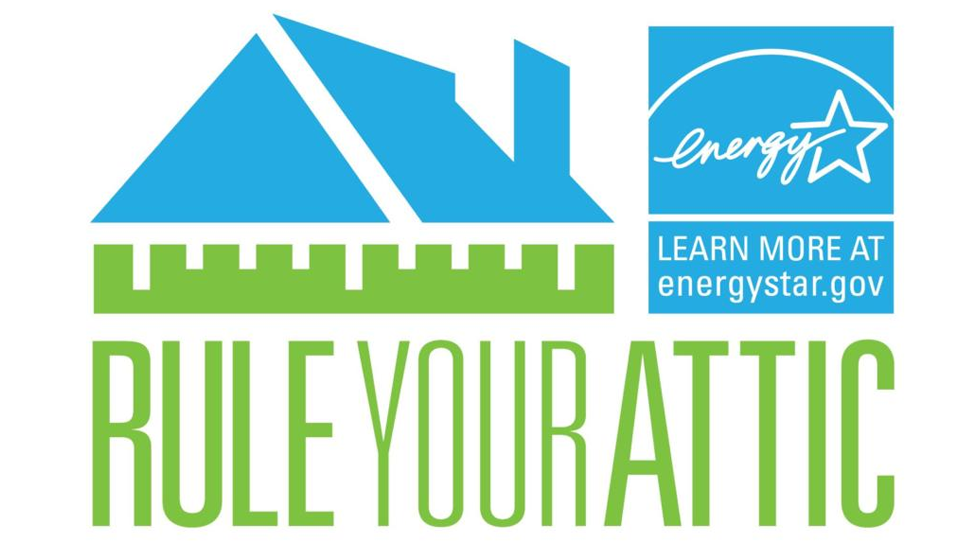NAIMA (North American Insulation Manufacturers Association) is supporting Energy Star’s annual Rule Your Attic Campaign, which highlights the importance of a well-insulated attic, including tips for homeowners on how to check their attic insulation before winter arrives and when to hire a professional for assistance.
As a member of NAIMA, Johns Manville is helping promote the Rule Your Attic campaign. Now is a great time for both homeowners and home insulation installers to prepare for the upcoming cold months by inspecting the attic insulation. Below are a few reasons why it’s important to have a well-insulated attic and suggested times to check insulation levels in the home.
Here is why attic insulation is so important:
Comfort. We all know that heat rises. If an attic has inadequate insulation, some of the heat produced by a furnace will simply escape through the attic. Adding proper insulation to the attic is like putting a warm hat on the house. It helps keep the heat from the furnace where it belongs—in the home.
Efficiency. If heat is escaping through the attic, then the furnace is working harder than it needs to and energy bills are higher than they should be. Using less energy is a win-win, it lowers bills and it’s better for the planet.
Checking the insulation
To start, simply use the quick check method. If the insulation level is below or even with the attic floor joist, it is probably time to add insulation. This article outlines how to measure the level of insulation, determine the R-value and find out the recommend R-value in each state. As always, when working with insulation, it is recommended to use the proper PPE, including protective glasses, a dust mask, gloves, long sleeves, and long pants.
Reminder: Use caution when entering an attic. Make sure to walk only on the ceiling joists or lay a plywood panel across the ceiling joists and kneel on the panel.
Here are a few times when it's important to check the insulation in an attic:
After purchasing a new home. Measure the insulation after the purchase to confirm the levels are achieving the required R-value. Measuring after purchase provides a baseline so the homeowner can monitor changes over time.
Every few years. Blown-in insulation may settle over time. As it settles, it becomes less effective. If the attic is insulated with blown-in insulation, the homeowner should measure insulation every few years to make sure the correct amount required to achieve the R-value for their area is present.
If the roof is damaged. Significant weather like a hailstorm or a hurricane can cause damage to the roof and attic. If there are water stains on the ceiling, the roof should be inspected for damage, as well as the attic for wet insulation. Rain driven into the attic through roof vents might not require a roof repair but should lead to replacing wet or damaged insulation. The insulation in the attic should always be dry.
Now is the time to prepare homes for winter. For more information about ensuring energy efficiency in an attic, click here, or visit the EPA’s Energy Star’s Rule Your Attic page.

